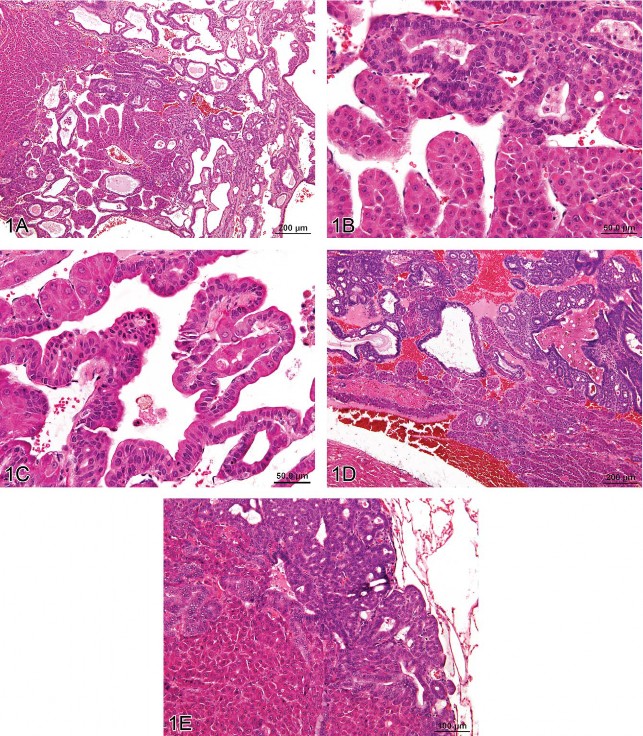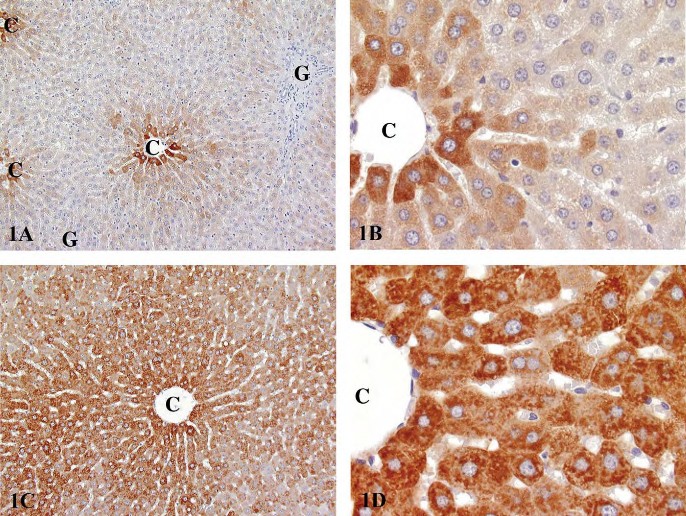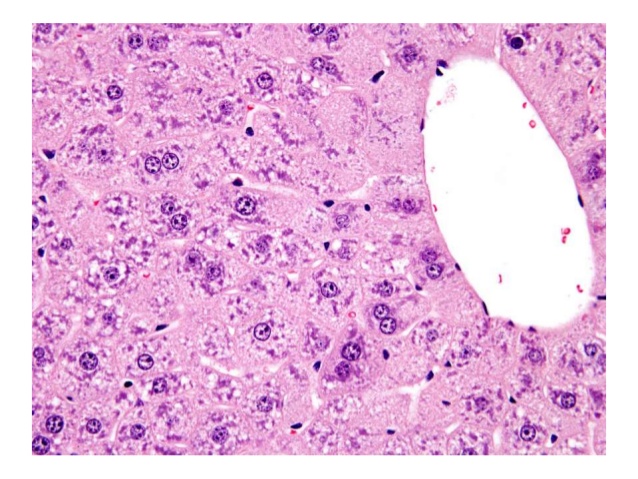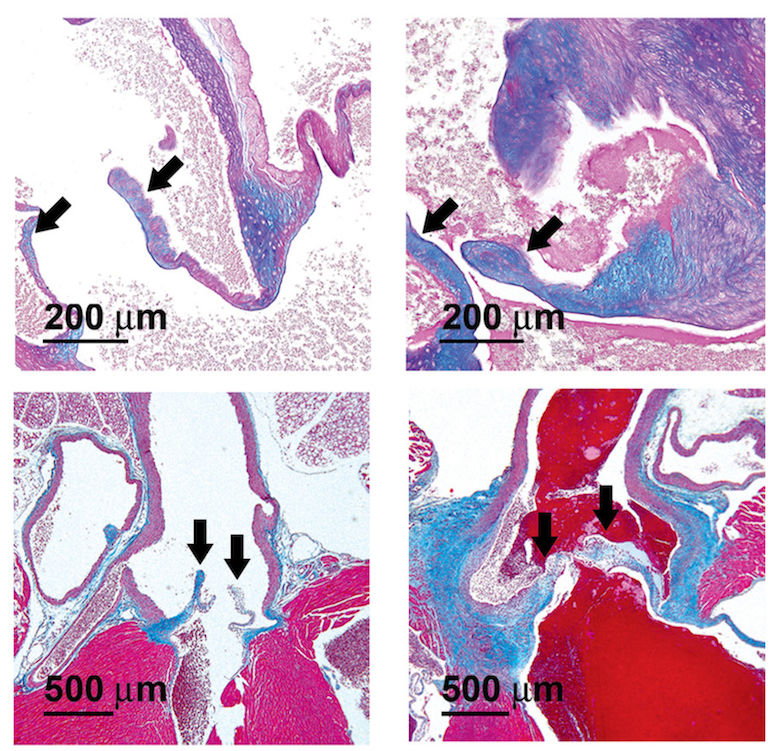Evaluation Of The Genotoxicity Of The Food Additive, Gum Ghatti
Robert Maronpot2017-01-11T22:13:35+00:00Gum ghatti is a food additive in some parts of the world, serving as an emulsifier, a stabilizer, and a thickening agent. To evaluate its genotoxic potential, we conducted Good Laboratory Practice compliant in vitro and in vivo studies in accordance with the Organisation for Economic Co-operation and Development (OECD) guidelines. No evidence [...]








